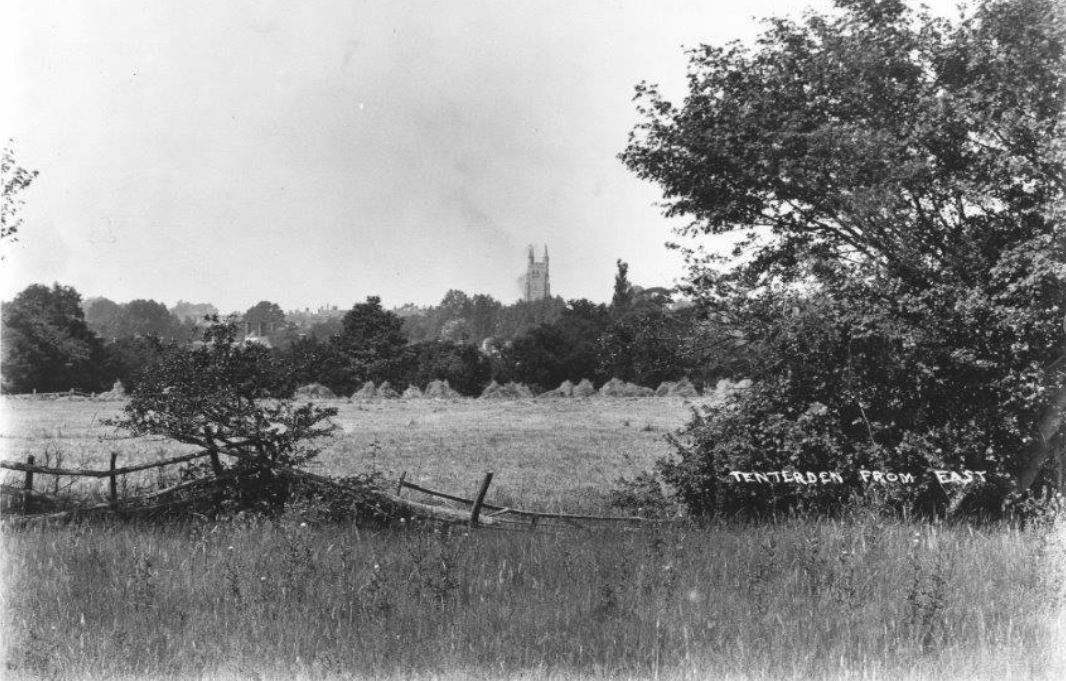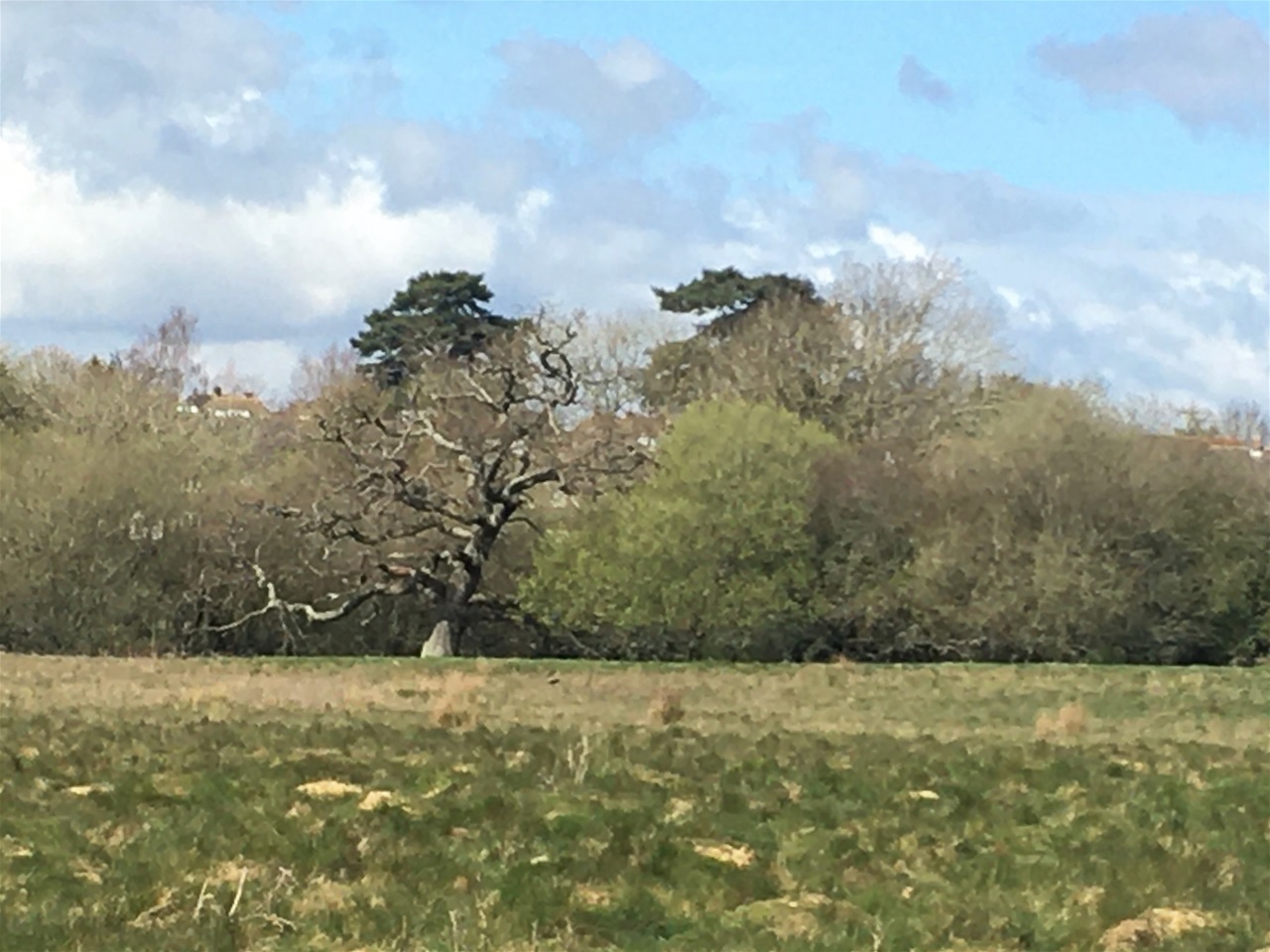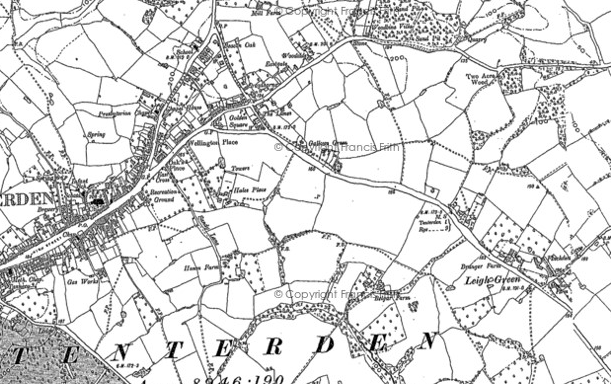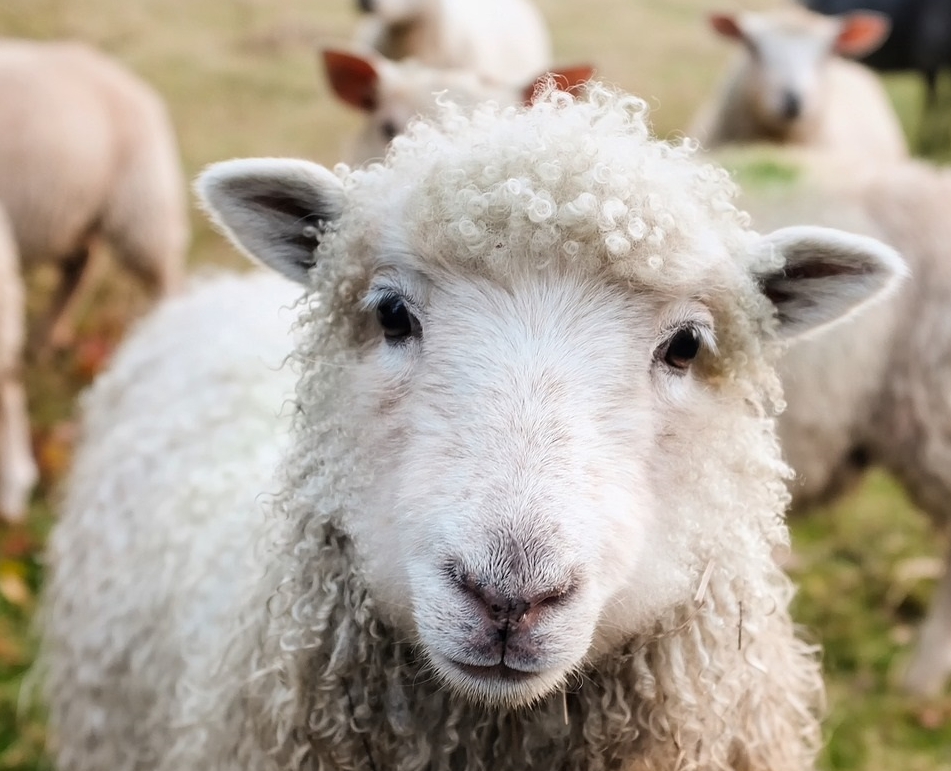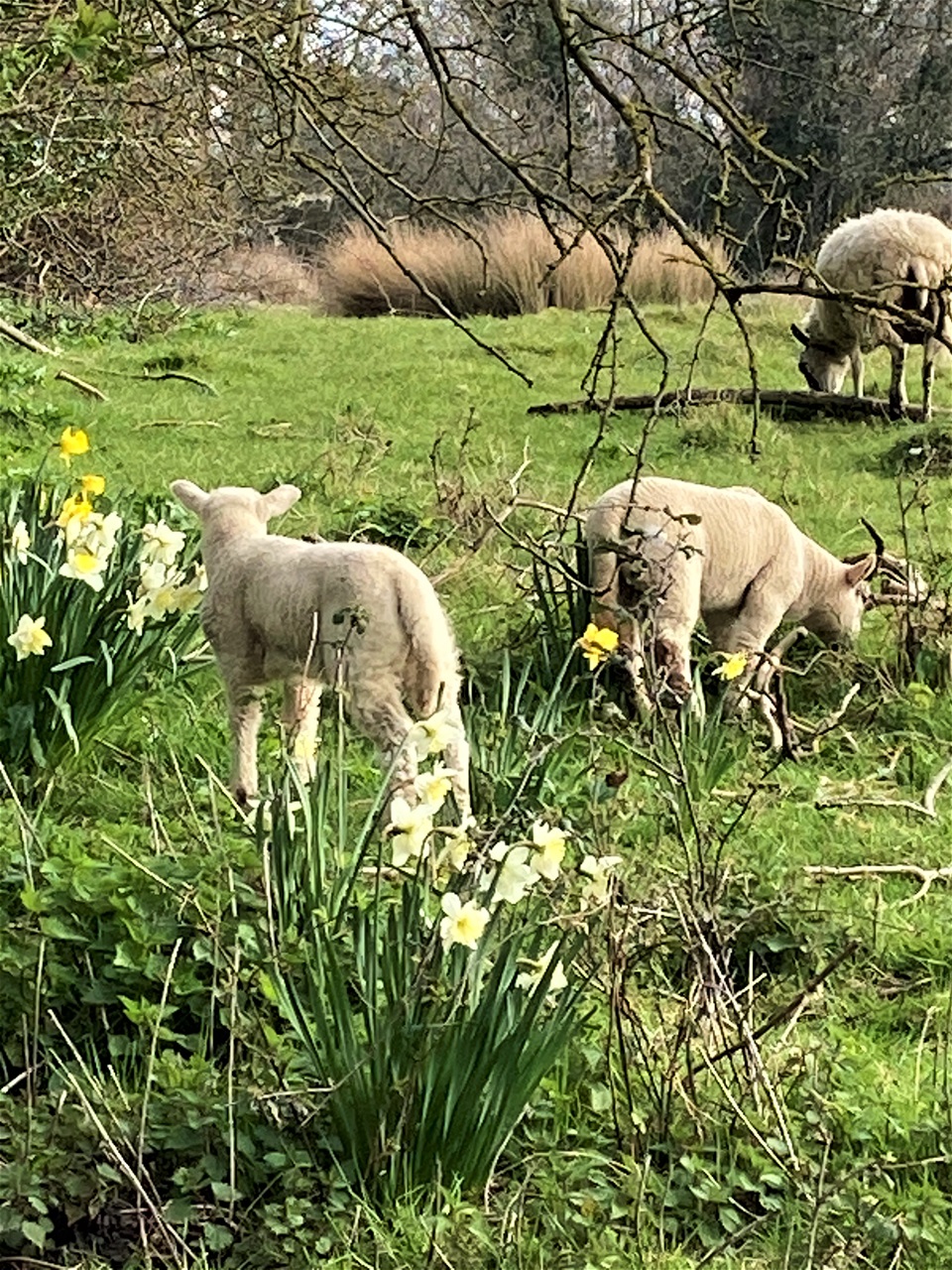The historic landscape features of Limes Land, which have been present for centuries, can still be appreciated today. Historical photographs and lidar mapping show a landscape that has seen little change.
An undisturbed site that exhibits lynchets, two ridge and furrows, a drove road and the notable Gallows Green and a sub-surface coaxial field system, possibly of prehistoric nature. Combine these features with hedgerows up to 700 years old, ancient and veteran trees, as well as unimproved grassland results in an extraordinary piece of ancient countryside.
In Roman times, the Weald of Kent and much of East Sussex were covered by a huge expanse of forest. A Roman road passed through the area, but it was not until Saxon times that a settlement was recorded.
In Old English "Tenet Waraden" described a den or clearing in the forest belonging to the men of Thanet, and the town's name is derived from this ancient identification.
Limes Land has benefitted of being protected by the Marriage Settlement of Elizabeth Manclark which safeguarded the landscape by restricting ploughing.
Plenty of evidence shows that Limes Land was a place of immense local significance even in ancient times.
In the 12th century, Kent was divided into Hundreds. The Hundred of Tenterden had its own Court with jurisdiction that extended to dealing with murders, manslaughter and robberies
It was Henry II who introduced the practice of hanging murderers, villains and thieves and so a gallows was set up in Tenterden where Limes Land is today. The last recorded hanging took place in 1785.
Tenterden has a rich history which has been influenced by the sea and agriculture. The town first rose to affluence as a centre for the wool trade in the 13th Century.
Sheep have been grazed on Limes Land for centuries, with 'sheep folds' being identified on historic maps. Sheep farming has supported generations of farmers locally.

